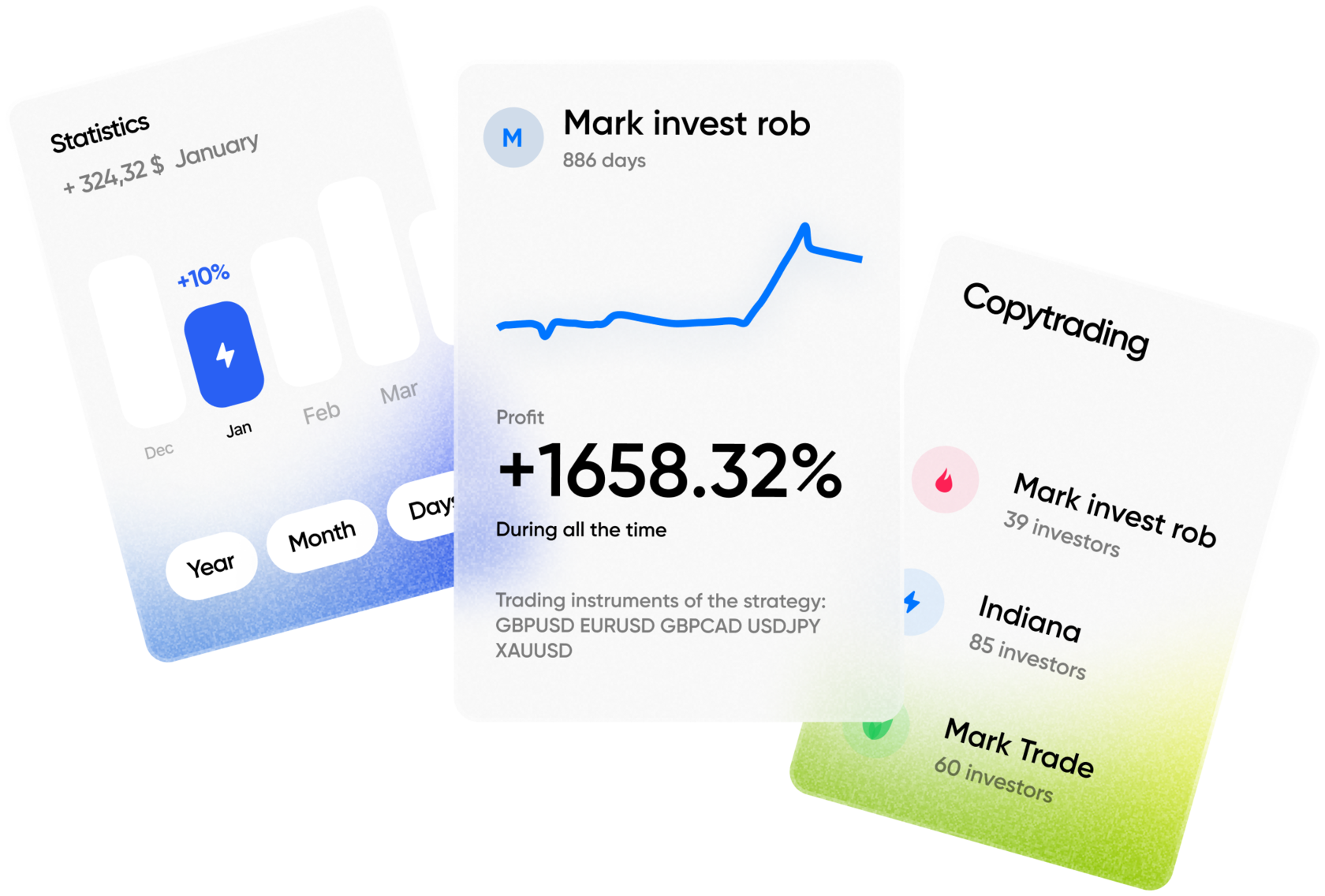On Friday, U.S. stock markets closed with significant losses. Major indexes dropped by around 2%. The decline followed the release of key economic data. The figures raised concerns about slowing growth and persistent inflation.
The S&P 500 fell by 2.1%. The Dow Jones Industrial Average dropped by 1.9%. The Nasdaq Composite declined by 2.3%. It was one of the worst trading days for U.S. markets in recent weeks.
Data from the U.S. Bureau of Economic Analysis showed that consumer spending rose less than expected in February. The report included the latest figures on personal consumption expenditures (PCE). Consumer spending increased by only 0.2%, below analyst forecasts.
The core PCE price index, which excludes food and energy, showed strong growth. It rose by 0.5% in February. This marked the largest monthly increase in the core index in the past 13 months. The year-over-year core PCE inflation rate climbed to 3.6%.
These results were higher than market expectations. The figures suggested continuing price pressures. The PCE index is the Federal Reserve’s preferred inflation gauge.
The University of Michigan released its final consumer sentiment report for March. The survey revealed that consumer inflation expectations had increased. Respondents now expect inflation of 4.4% over the next 12 months.
This is the highest 1-year inflation expectation since October 2022. The 5-year inflation outlook also moved higher, rising to 3.2%. The University’s data indicated the highest level of inflation concern in 30 months.
Participants in the survey cited rising prices for food, housing, and transportation. Many also noted the potential effects of new trade tariffs. The data was compiled before the full announcement of the new auto tariffs.
Earlier in the week, U.S. President Donald Trump imposed 25% tariffs on imported vehicles and auto parts. These tariffs are scheduled to take effect on April 3. Concerns have been growing that they may raise prices on imported goods.
Investors fear that the new tariffs may further drive up inflation. These expectations could limit the Federal Reserve’s ability to lower interest rates. Current rates remain at a 20-year high, in the range of 5.25% to 5.50%.
Amid the inflation concerns, large technology stocks led the market decline. Amazon shares fell by 3.8%. Microsoft dropped by 2.7%. Apple declined by 2.3%. These companies have significant weight in major indexes.
Other tech stocks also posted losses. Nvidia dropped by 2.9%. Meta Platforms declined by 2.1%. Alphabet lost 1.8% during the session. Semiconductor firms like Intel and AMD were also in the red.
Trading volumes on the New York Stock Exchange were above average. Investors sold off risk assets in response to the data. Safe-haven assets such as gold and Treasury bonds attracted more demand.
The yield on 10-year U.S. Treasury bonds fell slightly to 4.10%. The U.S. dollar index edged up to 104.7. Gold remained near its record high, trading around $3,068 per ounce.
The Federal Reserve is scheduled to release meeting minutes next week. Market participants will review the document for clues about future policy direction. No changes to interest rates are expected at the next Fed meeting in May.
Economists are now revising their forecasts for U.S. GDP growth in the first quarter of 2025. Several banks have downgraded their projections. The slowdown in consumer activity is a key factor in the revisions.
Retail stocks were also affected by Friday’s sell-off. Walmart shares declined by 1.9%. Target lost 2.2%. Costco slipped 1.8%. These companies are seen as sensitive to consumer demand.
Investors are watching for additional economic reports next week. These include jobless claims, factory orders, and construction spending. Market volatility may remain elevated in the short term.







